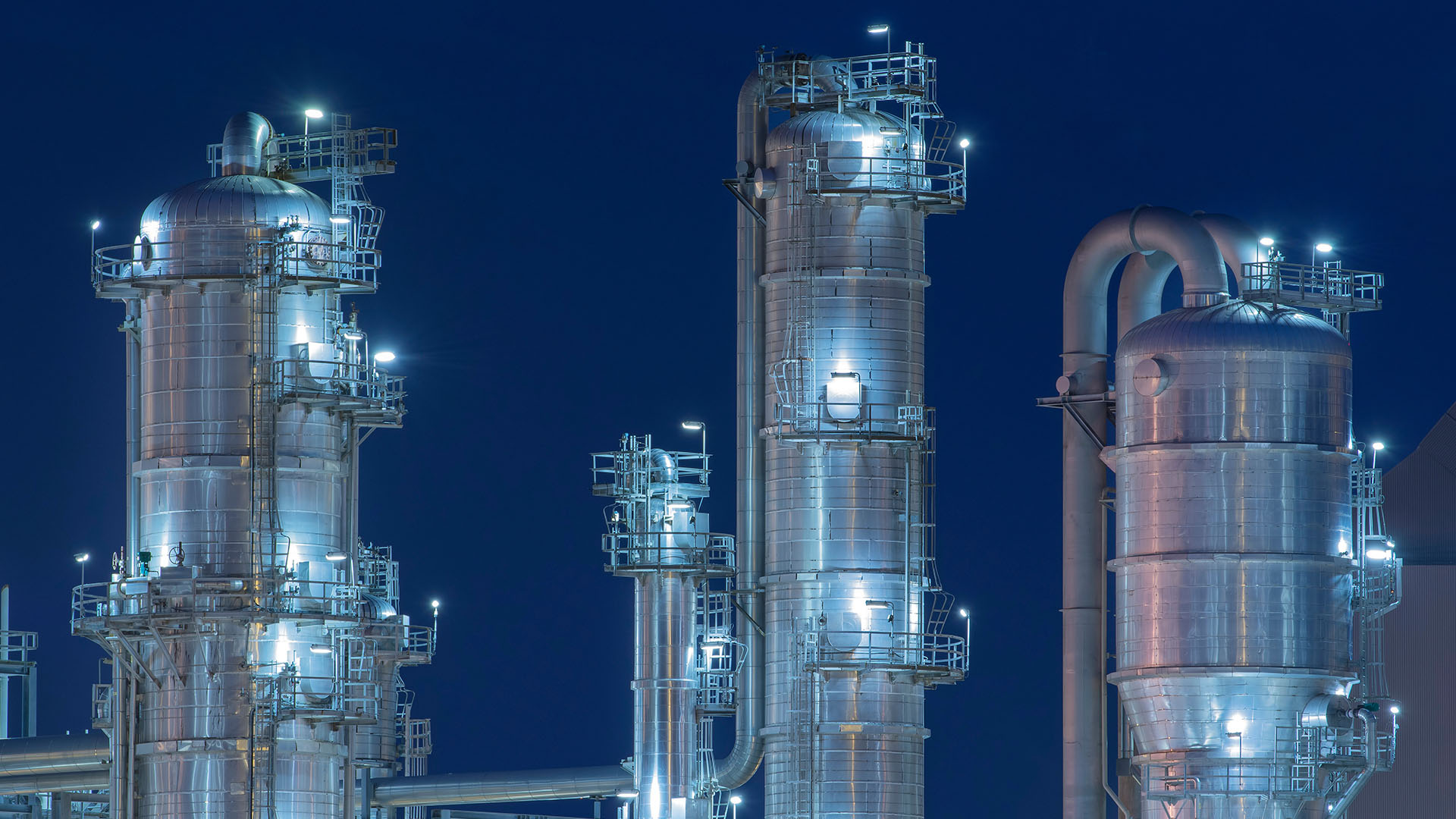
Blog
Are your fired heaters future-ready?
With increasingly stringent emission targets, industrial operators need to optimise their assets to remain compliant and competitive.
Fired heaters in refineries or petrochemical facilities are typically among the largest sources of greenhouse gas emissions and therefore offer the greatest opportunity for efficiency increase and emission reduction.
With the global demand for hydrogen expected to increase eightfold by 2050, most of which will be generated by thermal processes using fired heaters, this process must be decarbonised, and soon, to achieve net-zero goals.
As a critical component to many chemical processes, fired heaters will continue to play a key role but need to do so in a more efficient and environmentally friendly way.
Wood helps downstream operators stay compliant and profitable through the energy transition by eliminating inefficiencies, capturing and monitoring emissions and applying the latest technology to get the most out of fired heaters, with minimal investment costs.
The need for change has never been greater in our industries, in the way we treat our planet, and in how we live. United by a common purposed to unlock solutions to the world’s most critical challenges, we seek new possibilities to improve the world today and tomorrow.
Many fired heaters were built decades ago to meet the codes of the day. By applying the best available designs and updated equipment and materials to existing heaters, we can recover significant amounts of currently wasted energy.

Improving the efficiency of fired heaters can reduce CO2 emissions by tens of thousands of tons per year.
Our know-how and technologies can monitor, manage and reduce NOx and CO2 emissions with the design and supply of packaged retrofit and software solutions.

Wood also provides Claus sulfur technology with a proprietary acid gas burner design to manage and reduce SOx emissions:
With increasing clean hydrogen availability, switching fuels from methane or refinery gases to clean, hydrogen-rich fuel gas offers a near-term decarbonisation solution. To reduce the emissions of heaters, Wood can analyse and replace existing burners:
A large amount of hydrogen can be blended into existing fuel systems without major impact. Typical burners can accommodate 30%+ without major modification.
The cleanest option for large heaters uses established methods to reduce NOx to very low levels.
Considerations include:
Heaters with no firing at all are the true next-generation development. Our engineers are working on integrating electrical heating into existing furnace designs for smaller start-up heaters, including electric air pre-heaters.

Future-ready solutions are ineffective without proper controls.
Operators often rely on third-party control system suppliers, but by integrating Woods’ fired heater technology with our in-house automation and control solutions, plants can benefit from safer operations, higher reliability and optimised efficiency.
In addition, as new instrumentation is emerging, we enhance our fired heaters and incorporate designs with hydrogen flame sensors, draft control, oxygen levels and flame detection.

As the energy transition and circular economy drive the adoption of new feedstocks, products and energy sources, fuel will drive fundamental change in the future integration of refining and chemical processes.
This in turn, will change the balances of mass, heat, fuel, carbon, steam and electrical in industrial clusters, affecting the integration of existing fired heater assets.
Our specialists can review and reconfigure these heaters with the best solution to meet new demands.
